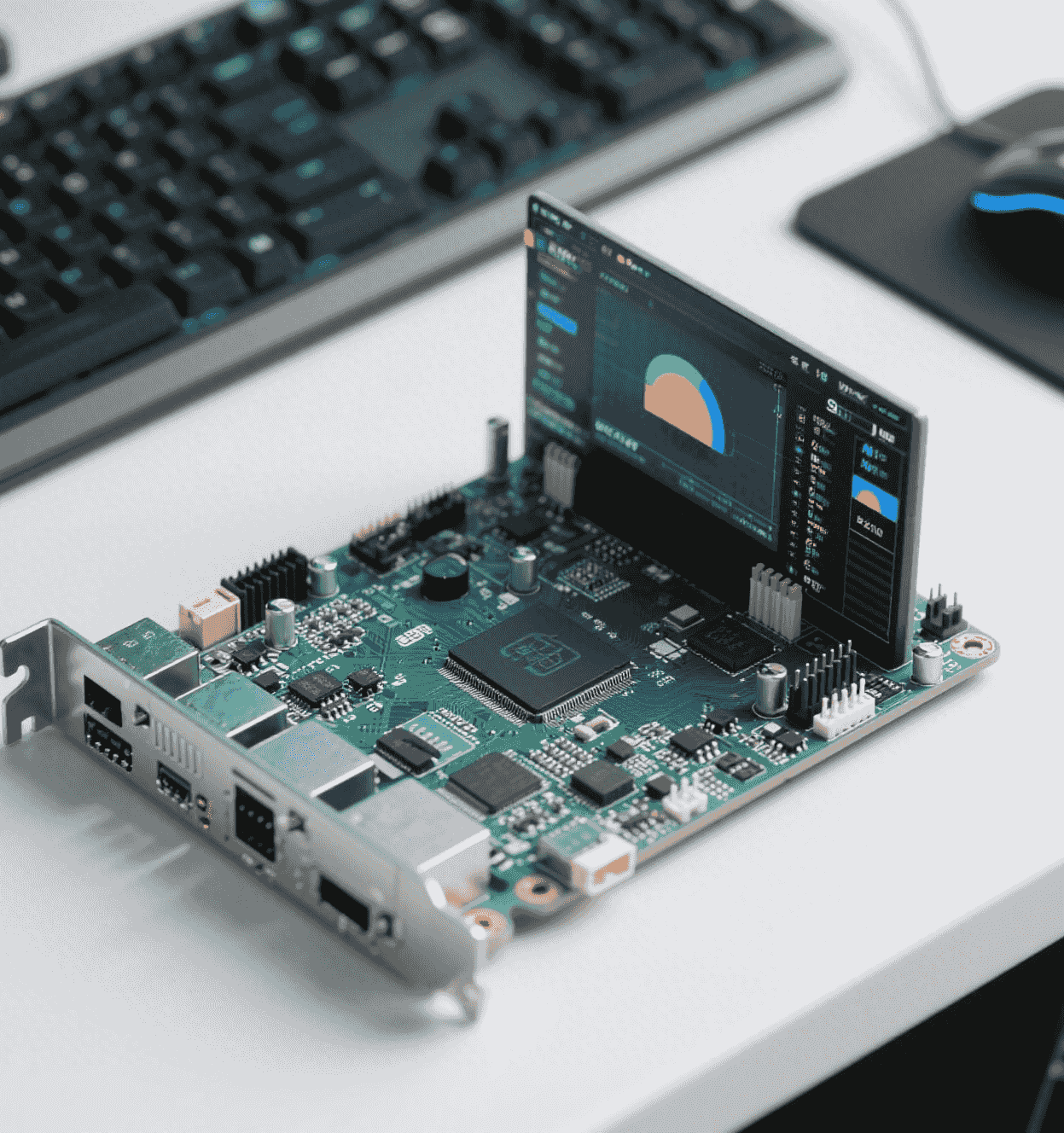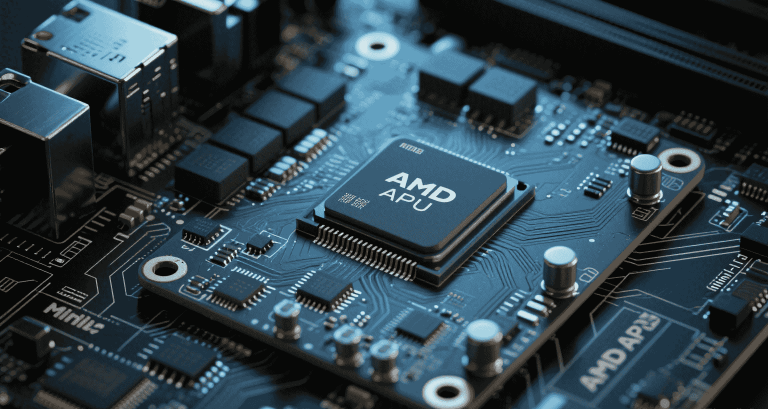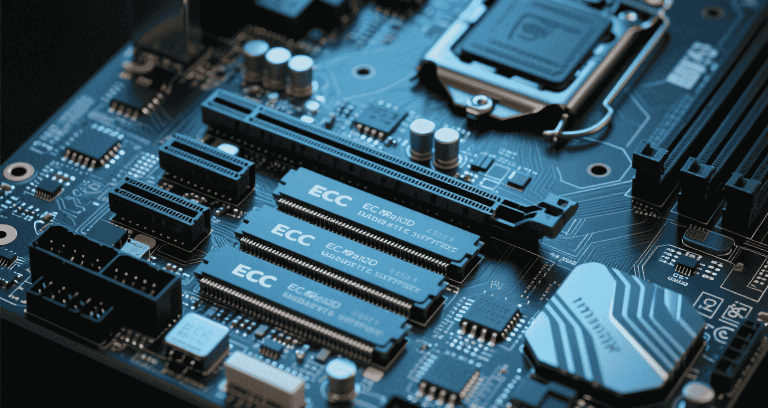Mini‑ITX Board Performance in Rendering Workstations

Table of Contents
- Introduction to Compact Rendering Workstations
- Rendering Workload Requirements and System Demands
- Mini‑ITX CPU Support and Performance Under Load
- GPU Performance in ITX Platforms
- VRM Quality and Thermal Throttling Under Sustained Load
- RAM and Storage Considerations for Rendering
- Cooling and Thermal Management Challenges
- PSU Selection and Case-Level Heat Saturation
- Real-World Benchmark Comparisons (Mini‑ITX vs ATX)
- System Integration: BIOS Stability and Monitoring
- Practical Build Considerations and Component Matching
- Use Case Evaluation and Deployment Recommendations
1. Introduction to Compact Rendering Workstations
Mini‑ITX motherboards are increasingly favored by rendering professionals who require portable, space-efficient, yet powerful systems. These platforms promise workstation-grade performance in tight quarters, though not without trade-offs like thermal saturation and limited upgrade paths.
Common use cases include:
- Freelancers or remote engineers operating in compact setups
- Edge deployments requiring compute-intensive rendering
- Mobile rendering studios and compact VR simulation setups
This article evaluates the engineering viability of Mini‑ITX motherboards for demanding workloads like 3D rendering and simulation.
2. Rendering Workload Requirements and System Demands
Rendering applications demand sustained performance over long periods. Unlike gaming, these workloads push CPU and GPU utilization near 100% for hours.
Typical software includes:
- Blender (Cycles, Eevee)
- Autodesk Arnold / Maya
- Adobe After Effects / Media Encoder
- V-Ray and DaVinci Resolve for post-processing
System requirements include high thermal tolerance, stable clock behavior, and efficient component interaction under consistent stress.
3. Mini‑ITX CPU Support and Performance Under Load
Mini‑ITX boards support a wide range of CPUs:
| Socket | Platform | CPU TDP |
|---|---|---|
| LGA1700 | Intel 12th/13th Gen | 65–125W |
| AM5 | Ryzen 7000 Series | 65–120W |
Boards like the ASRock X670E-ITX or ASUS Z790-I handle 105W CPUs effectively, but VRM quality directly determines whether turbo frequencies are sustained.
4. GPU Performance in ITX Platforms
High-end GPUs like the RTX 4070 Ti or Radeon RX 7900 XT can be paired with Mini‑ITX boards. However, clearance and airflow become critical.
“SFF case GPU thermals can bottleneck long renders more than clock speed.” – r/sffpc user
Ensure the case allows for 2.5–3-slot GPUs and has direct airflow paths to the GPU and VRM zones.
5. VRM Quality and Thermal Throttling Under Sustained Load
During long rendering sessions, VRMs can reach 90–110°C, leading to instability or shutdowns.
- Boards with 6+2 phase or 10+1 phase VRMs are better suited for rendering
- Look for high-current MOSFETs (e.g., 60A or above) and efficient heatsinks
Premium boards like the MSI Z790-I Unify or ASUS ROG Strix X670E-I include advanced thermal solutions and firmware-level controls.
6. RAM and Storage Considerations for Rendering
Rendering projects (especially 4K+ or VR) benefit from higher RAM capacity and fast SSDs.
- Max RAM: 64–128GB (depending on DIMM capacity)
- 2x M.2 NVMe slots: Use one for OS/cache, another for project storage
Note: M.2 drives can overheat in long sessions, especially when placed near VRMs or under passive shields.
7. Cooling and Thermal Management Challenges
Thermal design is often the make-or-break element in Mini‑ITX workstations.
| Cooler Type | Max CPU TDP | Use Case |
|---|---|---|
| 240mm AIO | 105–125W | 15–20L cases |
| Low-profile Air | 65–95W | Sub-10L builds |
Ensure side intake fans and VRM-specific airflow zones are part of the chassis layout.
8. PSU Selection and Case-Level Heat Saturation
Compact PSUs must deliver stable wattage under load:
- SFX Gold-rated PSUs are preferred (e.g., Corsair SF750)
- Avoid Flex-ATX unless fanless build is required
- Plan cable routing to avoid obstructing airflow
Thermal saturation can impact PSU stability—place exhaust vents near PSU zones.
9. Real-World Benchmark Comparisons (Mini‑ITX vs ATX)
Benchmark results vary based on cooling and VRM behavior.
| Test | ATX Score | Mini‑ITX Score | Comment |
|---|---|---|---|
| Blender Classroom | 345 sec | 355 sec | ~3% slower with ITX VRM throttle |
| Cinebench R23 | 18,500 | 17,700 | Slight multicore dip |
| Adobe AE Export | 42 sec | 44 sec | Near-identical |
10. System Integration: BIOS Stability and Monitoring
Key BIOS features to enable:
- Load Line Calibration (LLC)
- VRM temp-aware fan curves
- ErP compliance and PSU resume settings
Use tools like HWInfo and lm-sensors to validate VRM, CPU, and M.2 temperatures during load testing.
11. Practical Build Considerations and Component Matching
- Cases: NR200, Ghost S1, A4-H2O (GPU-friendly)
- Recommended PSU: 650–750W Gold for RTX 4080 builds
- Fan placement: Side intake for GPU, top exhaust for CPU cooler
“Airflow is a bigger constraint than CPU selection in Mini‑ITX rendering builds.” – SFFPC engineer
12. Use Case Evaluation and Deployment Recommendations
Mini‑ITX is ideal for:
- Space-constrained creative professionals
- On-site rendering or simulation systems
- Quiet, low-footprint workstations
Not ideal if you need:
- ECC memory or >128GB RAM
- Dual GPU workflows
- Multiple PCIe expansion slots
Always validate system with render benchmarks and thermal profiling before production deployment.
For more engineering content, visit MiniITXBoard.


